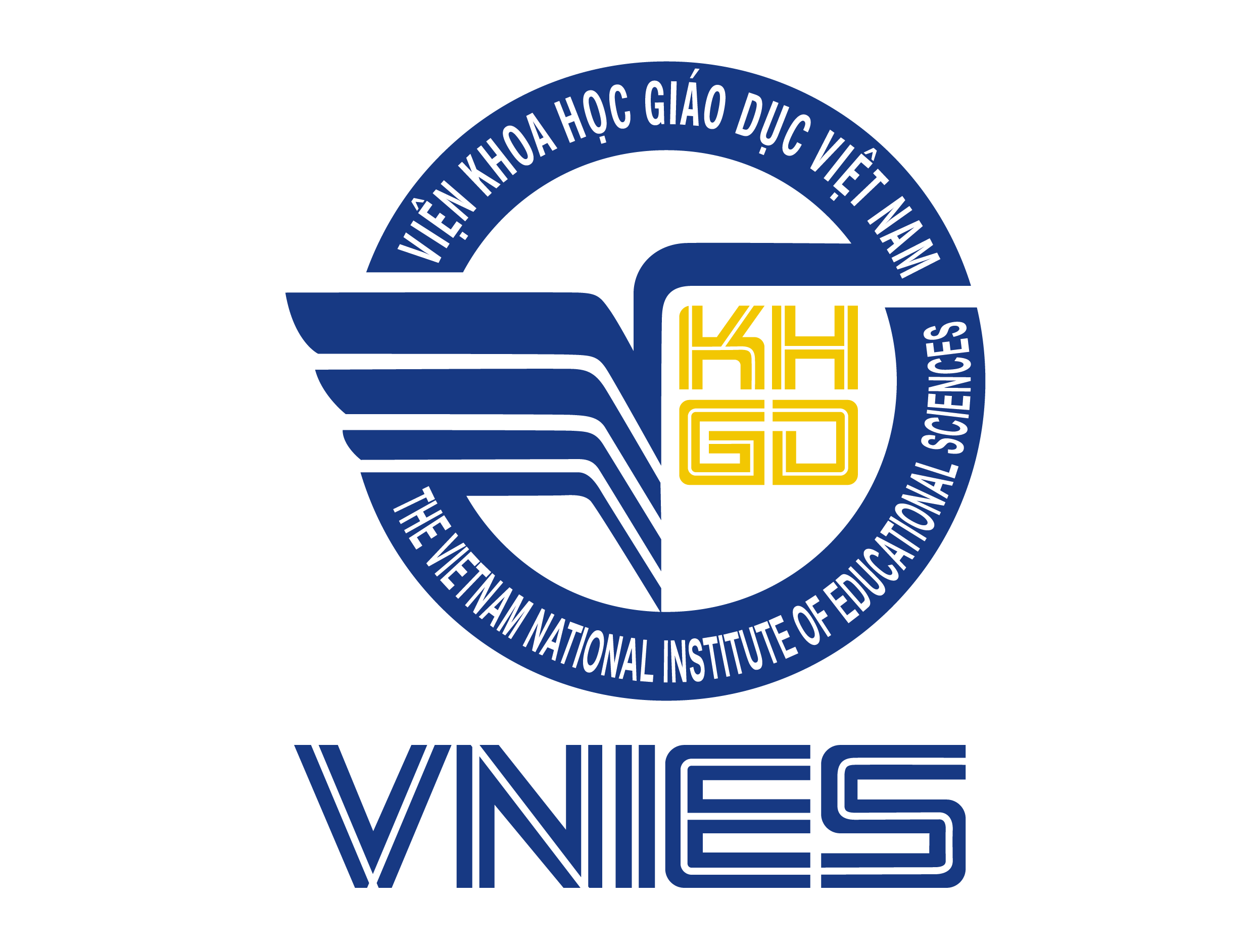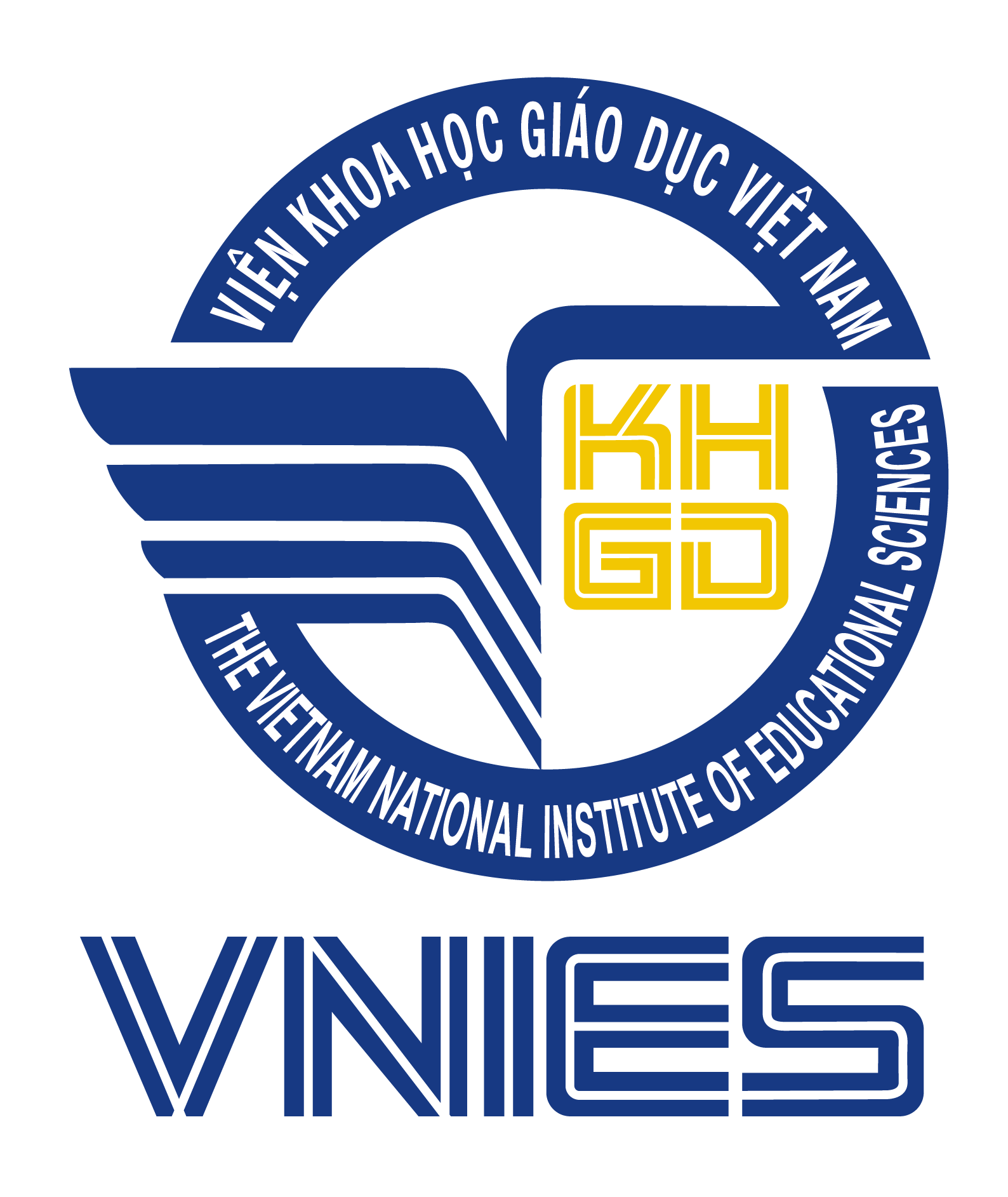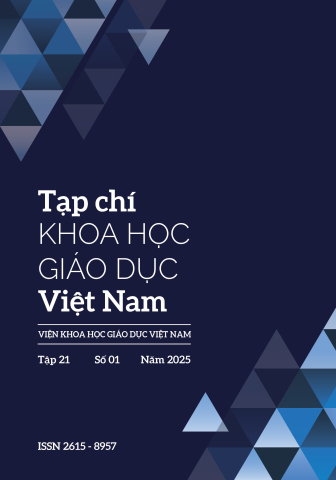[1] Nguyễn Thị Tân An, (2012), Sự cần thiết của mô hình hoá trong dạy học Toán, Tạp chí Khoa học, Trường Đại học Sư phạm Thành phố Hồ Chí Minh, số 37
[2] Bộ Giáo dục và Đào tạo, (26/12/2018), Chương trình Giáo dục phổ thông - Chương trình tổng thể (Ban hành kèm theo Thông tư số 32/2018/TT-BGDĐT).
[3] Lê Thị Hoài Châu, (2014), Mô hình hóa trong dạy học đạo hàm, Tạp chí Khoa học, Trường Đại học Sư phạm Thành phố Hồ Chí Minh
[4] Nguyễn Bá Kim, (2002), Phương pháp dạy học môn Toán, NXB Giáo dục, Hà Nội.
[5] Nguyễn Thị Nga, (2014), Bàn về vấn đề dạy học mô hình hóa ở trường phổ thông, Tạp chí Khoa học, Trường Đại học Sư phạm Hà Nội.
[6] Aristides C. Barreto, (2010), Reference Center for Mathematical Modeling in Teaching, Brazilian Precursors.
[7] Biembengut, M. S. & Hein, N, (2007), Modelling in engineering: Advantages and difficulties, Proceedings of International Conference on the Teaching of Mathematical Modelling and Application, Horwood Publishing
[8] Blum, W. & Leib D, (2006), How do students and teachers deal with mathematical modeling problems? The example “Sugarloaf”, In Haines, C. Galbraith P., Blum, W. and Khan, S., Mathematical modeling (ICTMA 12): Education engineering and economics Chichester: Horwood Publishiong, p.222 -231.
[9] Blum, M., Jensen T, (2007), What’s all the fuss about competencies? In W.Blum, P.L.Galbraith, H.Henn, M.Niss, (Eds): Modelling and Applications in Mathematics Education (ICMI Study 14), 45 - 56, Springer
[10] Mellar, R. Bliss, R. Booha, J. Ogborn, & C. Tompsett (Eds.), Learning with artificial worlds: Computer based modelling in the curriculum (pp. 11-15). London: Falmer press.
[11] Nguyen Danh Nam, (2016), Modelling in Vietnamese School Mathematics, International Journal of Learning and Educational Research, Vol. 15, No. 6.
[12] Ogborn, J, (1994), Overview: the nature of modelling, In J
[13] Pollak, H, (1979), The interaction between mathematics and other school subjects, New Trends in Mathematics Teaching IV, p.232-248.
[14] Stillman, Browwn & Galbraith, (2008), Research into teaching and learning of application and modling in Australia.
[15] Swetz F., & Hartzler, J. S. (Eds), (1991), Mathematical modelling in the secondary school curriculum, Reston, VA: National Council of Teachers of Mathematics.


